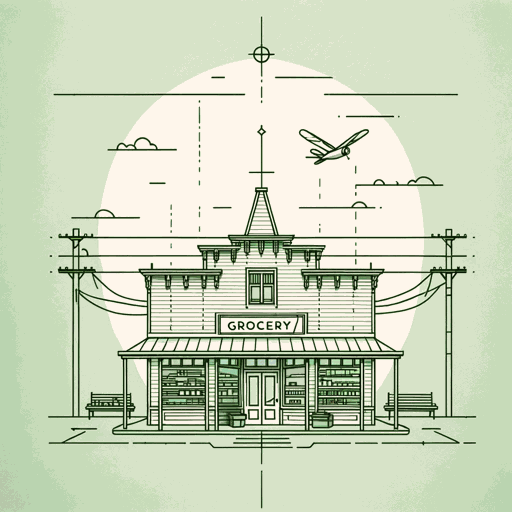26 pages • 52 minutes read
John SteinbeckFlight
Fiction | Short Story | Adult | Published in 1938A modern alternative to SparkNotes and CliffsNotes, SuperSummary offers high-quality Study Guides with detailed chapter summaries and analysis of major themes, characters, and more.
Literary Devices
Ambiguity
Ambiguity refers to anything that can be interpreted in multiple ways. In “Flight,” Steinbeck wraps two key elements of his story—the inciting incident and the antagonist—in ambiguity. The murder essentially takes place “off stage” and is described only briefly by Pepé. Terse, disjointed, and fragmented phrases tell only part of the story: “The little quarrel—the man started toward Pepé and then the knife—it went almost by itself” (33). The disjointed nature of this description makes it impossible to determine exactly what happened to cause the antagonist to pursue Pepé. It also speaks to Pepé’s confused impression of the event. He is not conscious of having chosen to kill a man and does not want to take responsibility for the action. His difficulty describing the murder explicitly highlights his lingering youth, developing themes of The Difficulty of Growing Up and Masculinity, Violence, and Personhood.
Even greater ambiguity surrounds the antagonist himself. His relationship to the man Pepé killed is unclear, as are his motives (e.g., a personal vendetta versus legal or semilegal authority). Steinbeck never even allows him to come into view, so he could conceivably be an entire group of men.
Related Titles
By John Steinbeck

Cannery Row
John Steinbeck

East of Eden
John Steinbeck

In Dubious Battle
John Steinbeck

Of Mice and Men
John Steinbeck

Sweet Thursday
John Steinbeck

The Acts of King Arthur and His Noble Knights
John Steinbeck

The Chrysanthemums
John Steinbeck

The Grapes of Wrath
John Steinbeck

The Harvest Gypsies: On the Road to the Grapes of Wrath
John Steinbeck

The Log From The Sea of Cortez
John Steinbeck

The Long Valley
John Steinbeck

The Moon Is Down
John Steinbeck

The Pearl
John Steinbeck

The Red Pony
John Steinbeck

The Wayward Bus
John Steinbeck

The Winter Of Our Discontent
John Steinbeck

To a God Unknown
John Steinbeck

Tortilla Flat
John Steinbeck

Travels With Charley
John Steinbeck

